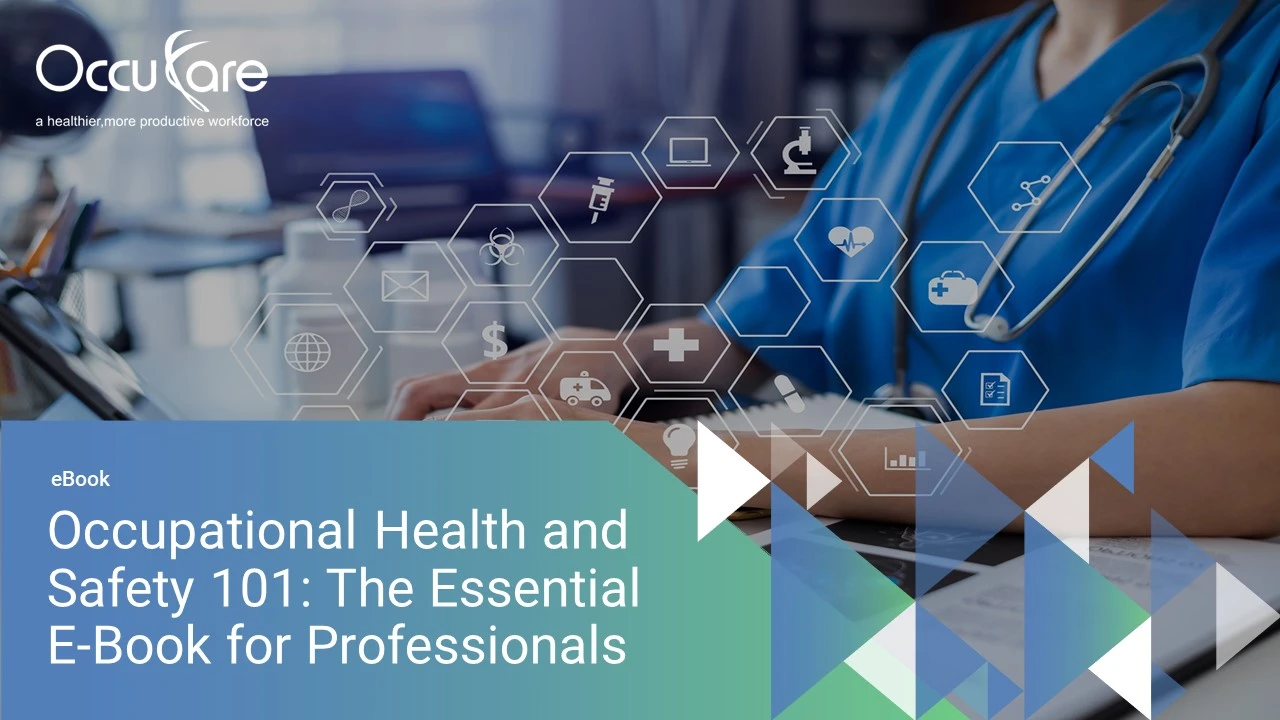Chapter: 1
Introduction to Occupational Health and Safety:
Occupational Health and Safety (OHS), often known as Workplace Health and Safety (WHS) or simply, workplace safety, is an important part of any company or workplace. EHS Management System includes a wide range of practices, regulations, and procedures intended at protecting the health and safety of employees, visitors, and all individuals affiliated with a workplace. We will look at the core concepts, importance, and important components of occupational health and safety in this introductory tutorial.
What is occupational Health And Safety?
At its core, Occupational Health and Safety System is a multidisciplinary field concerned with developing and maintaining a safe and healthy work environment. It entails identifying, assessing, and managing workplace risks and hazards to reduce the possibility of accidents, injuries, and diseases. Occupational Health and Safety System Software also includes promoting physical and emotional well-being among workers and compliance with workplace safety laws and regulations.
Importance of OHS :-
Protecting Lives: By preventing accidents and injuries, EHS Management System procedures save lives. Employers can lower the risk of fatalities and serious injuries by detecting and addressing workplace hazards.
Reducing Illness: OHS programs also address Occupational Health Services concerns, such as exposure to toxic chemicals, biological agents, or ergonomic issues. This has the potential to greatly reduce the occurrence of work-related diseases.
Legal Compliance: Employers are usually required by law to ensure a safe workplace.
Enhancing Productivity: A safe and healthy workplace boosts employee morale and productivity. When workers feel secure and supported, they are more likely to perform at their best.
Reputation and Stakeholder Trust: A strong commitment to OHS enhances an organization’s reputation and builds trust with employees, customers, and investors.
OHS Legislation and Regulations:
OHS is governed by a tangle of laws and regulations that vary by location or country. These policies are put in place to ensure that workplace safety standards are met. They could cover issues like danger communication, emergency response, and safety training, among others. Employers and employees must be aware of and comply with these requirements in order to maintain a safe working environment and prevent legal complications.
In this tutorial, we’ll go through hazard identification, risk assessment, safety training, safety culture, and the duties and responsibilities of both employers and employees. We will also go through ways for fostering a safety culture inside a company, as well as new trends and problems in the field of OHS.
Organizations can build safer, healthier, and more productive workplaces by understanding and applying Occupational Health and Safety principles, while also guaranteeing the well-being of their most precious asset—their employees.










